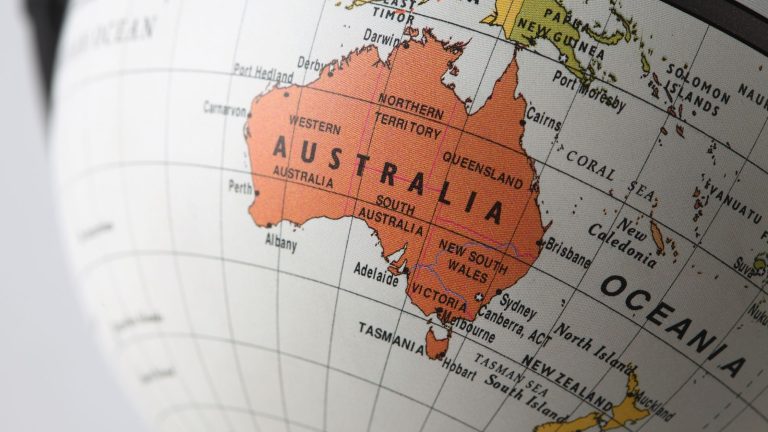
“We are all mortal until the first kiss and the second glass.” Eduardo Galeano
There is much to be said about the Tasmanian wine and how it contributes to the Australian wine industry. So much so that it only seems fair to take a look at the history to fully grasp how far it has come.
Tasmania’s first vineyard was planted near Hobart in 1823. Within 3 years, it yielded what would become known as Australia’s first sparkling wine. In 1832, vine cuttings from Tasmania were used to produce the first recorded vines in the Hunter Valley and Victoria.
Much later, in 1956, the La Provence (Pipers River) and Moorilla (Derwent Valley) vineyards were planted. From 1960 to 1970, the main focus was the planting of Cabernet Sauvignon vineyards, which seemed wise given its popularity. However, throughout the 80s there was a shift to Pinot Noir, a grape variety more accustomed to the cooler Tasmanian climate.
It was in this interest in diversity that true growth launched the Tasmanian wine industry to a whole new level. And then, at the peak of expansion, a joint venture between Roederer and Tasmania’s Heemskerk resulted in the birth of the Jansz label. This cemented the future of Tasmania’s sparkling wines, the wine type that would later achieve the most acclaim and accolades from around the globe.
Increased interest and expansion caused the wine industry to spike after this. In 1986, 47 hectares produced 154 tonnes of fruit. Only 30 years later, a record vintage of 15,343 tonnes was produced from 1,880 hectares! This roughly equates to 1.1 million cases of 9-litre equivalents.
From 2006, island wine producers welcomed the formation of Wine Tasmania, a non-profit regulatory body representing local wineries. Funded by voluntary membership, this organization focuses on establishing Tasmania as a benchmark wine region. According to Sheralee Davies, CEO of Wine Tasmania, their passion for local wine was what they were founded on. In her words, “Our key roles are marketing and promotion, providing technical advice and information, advocacy, and supporting our member businesses.”
Currently, there are 160 licensed wine producers with 2,000 hectares planted and 95 cellar door outlets. And where there is wine, there are wine snobs aplenty. Connoisseurs the world over visit Tasmania to do wine tours, which results in the restaurant and tourism trades having to cater for a particular visitor, one who enjoys the finer things in life.
The wine sector alone has added major growth to tourism numbers over the last couple of years. Latest figures suggest that 284,453 tourists visit wineries on an annual basis. For an island spanning only 68,400 square Kilometres, this is astounding.
So, with this quick history lesson and some quick numbers, it is resoundingly clear that wine has come a long way in Tasmania. Something worth noting when one sits down with friends and the wine starts to flow.
This article first appeared in Forty South Tasmania

